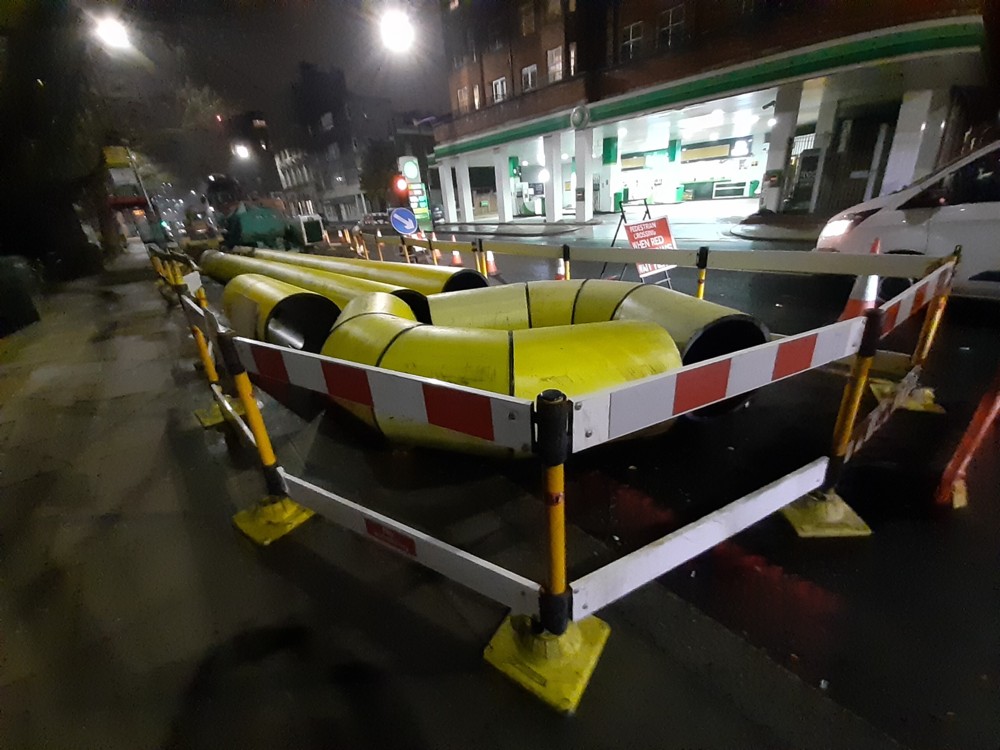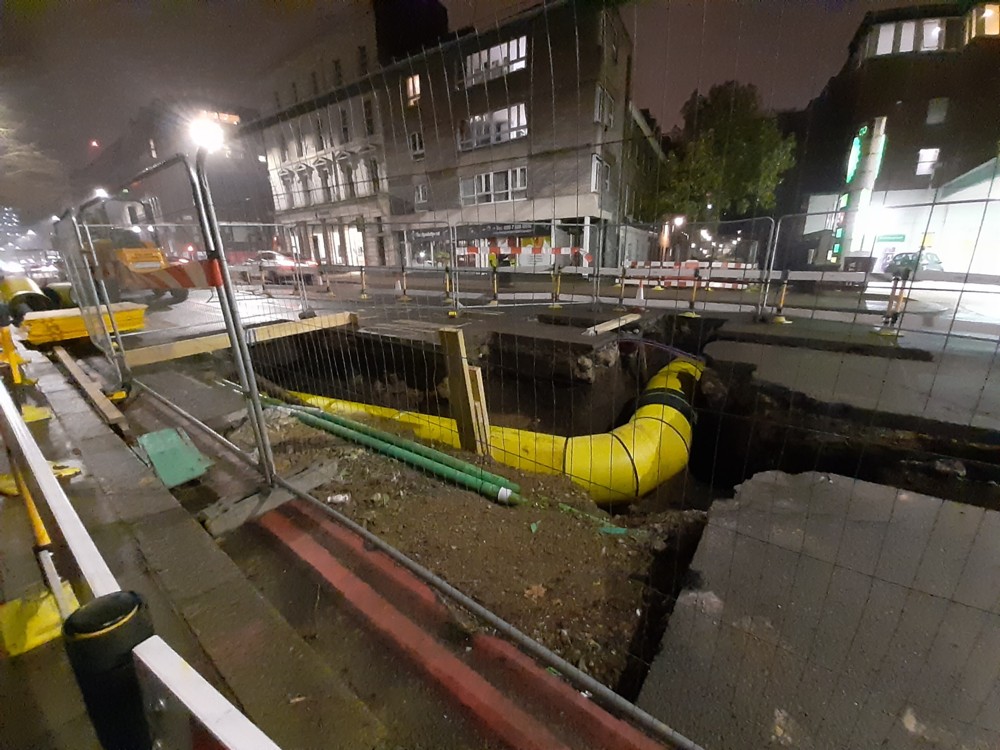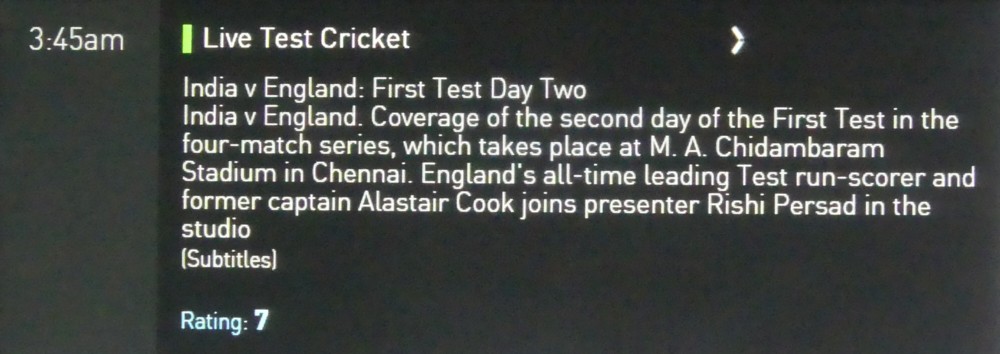This Bloomberg report is interesting:
Roadable aircraft have never been mass-produced, mainly because designing them requires a difficult balancing act. “You need to build something that’s safe both in the air and on the ground”, explains Terrafugia’s Colburn. “In the air, you want to minimize weight, and on land, you need to be crash-proof if you hit a brick wall. It’s a matter of threading the needle.”
In other words, flying cars are a nonsense. Calling them “roadable aircraft” won’t change that. What it is is a bunch of libertarians in New Hampshire, and they want the law to allow flying cars. But you can allow flying cars all you like. They’ll still be a nonsense. (See also this earlier posting here.)
Or maybe not. What if they are robot flying cars?
Regular human-driven cars, as the above quote suggests, have to be safe during crashes. But what if cars never crashed? Or crashed only as often as trains crash? Trains are built entirely to be light and cheap to move around. They don’t have elaborate and heavy metallic concertinas on the front, so that they can crash safely. No. They simply do not crash. Or so rarely that it would be silly to design them to crash “safely”.
Robot cars hold out the promise that they too, like trains now, will never crash.
And if that means that robot cars can be dramatically less massive, then maybe bolting foldable wings onto a robot car might make some sense.
But of course the real pay-off of the robot cars will be down here on the ground. Not having to have those crashable noses on the front of them will make a huge difference to the economics of robot cars, compared to the cars that trundle about now.
But, robot cars are a revolutionary step, in the sense that they will require a complete rearrangement of the current transport system, comparable to the turmoil unleashed by the original process of building our current road system.
That being why, or such in my understanding, the robot cars are now taking so long to arrive.









